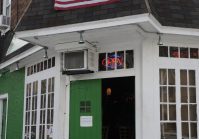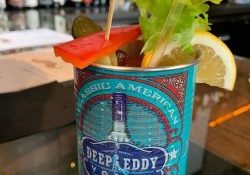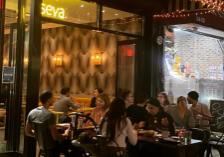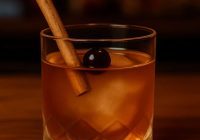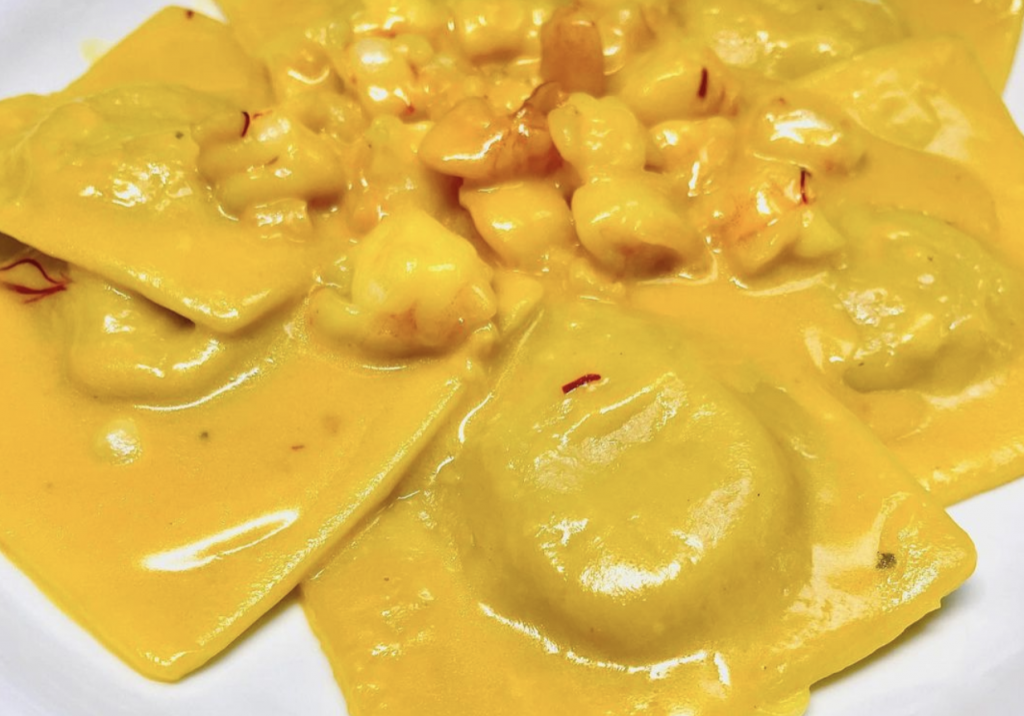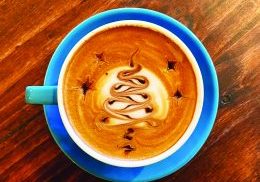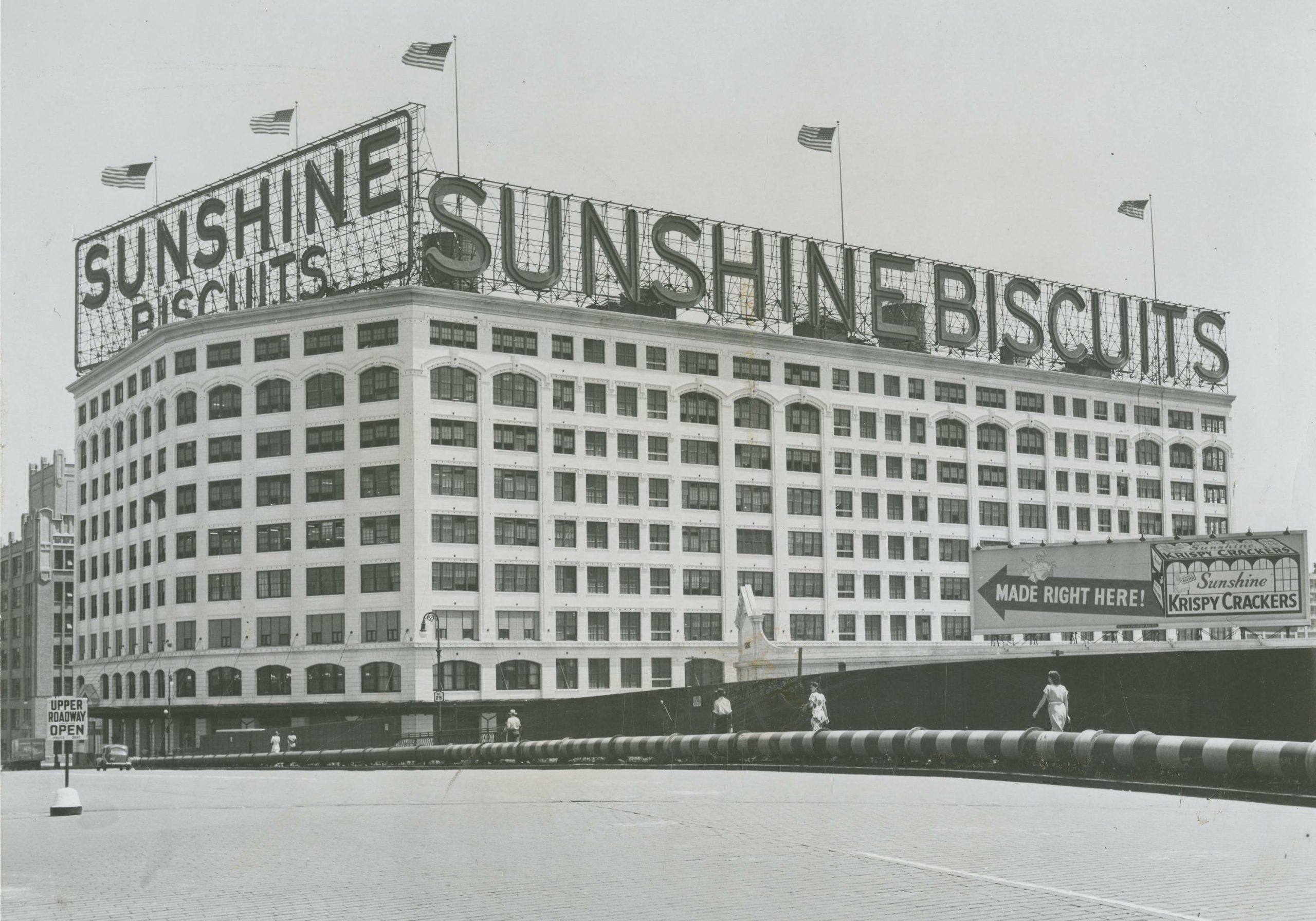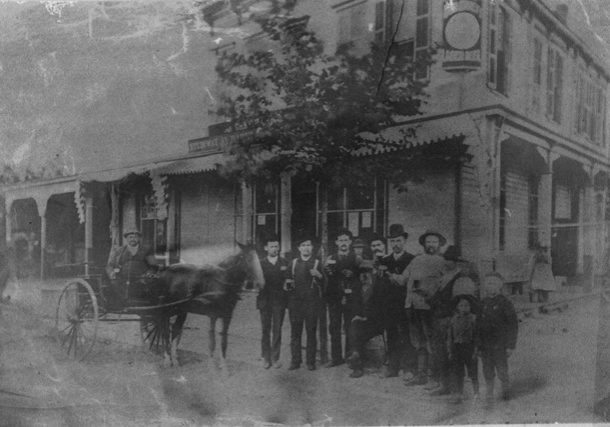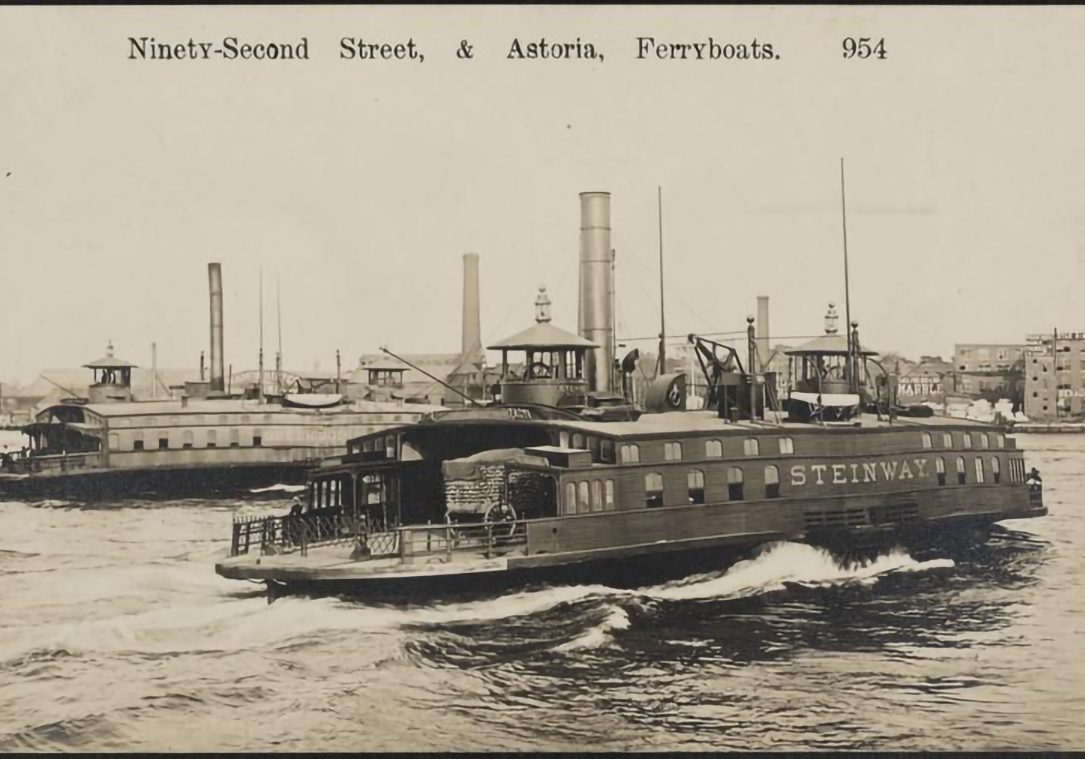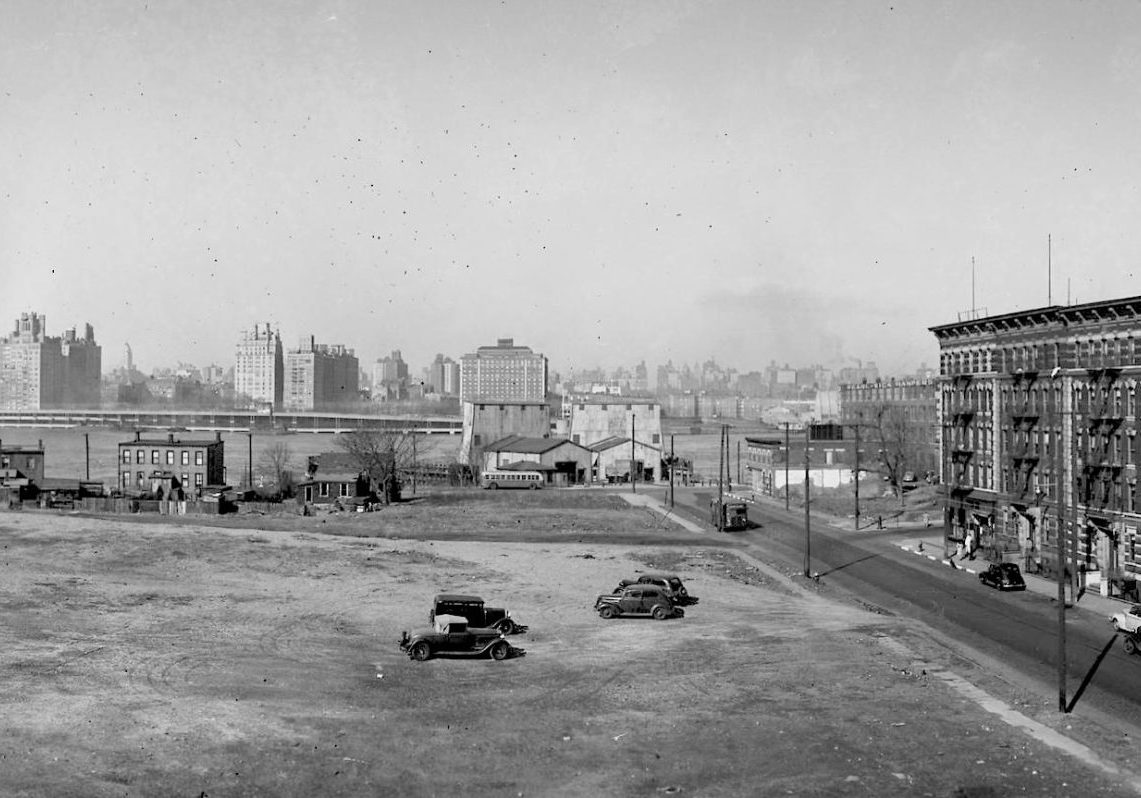The Inside Scoop on ‘The French Connection’
Taking It To The Streets
In 1970-71, the movie ‘The French Connection’, based on the book by Robin Moore, was filmed on the streets of Manhattan, Brooklyn, The Bronx, and Queens in the dead of winter. At the time, the director, William Friedkin, was only 35 years old and unknown. Filmed with mostly handheld cameras, the film was low budget, lacked well-known actors, and was predicted to flop at the box office. What came next made movie history!

The climax scene under the Hell Gate Bridge on Wards Island.
The film inevitably launched actor Gene Hackman’s career,whoplaysPopeyeDoyle. Eddie“Popeye” Egan, the character based on the real-life cop who cracked the original case back in 1961, was a hard-nosed, aggressive professional who took his job as an NYPD narcotics detective, along with his partner Sonny “Cloudy” Grosso portrayed by Roy Scheider, very seriously. Shot on the streets of the five boroughs, the movie follows Hackman and Scheider as they pursue by car, and on foot, members of the French drug underworld who, under false pretenses, have entered this country to take part in the world’s largest narcotics deal.
After discovering that Hackman’s character Popeye Doyle is on to them, the mob and the Frenchmen put a contract out on his life. As Hackman returns home to his apartment one afternoon, a sniper takes a shot at him but misses. Hackman chases the assassin, played by French actor Marcel Bozzuffi, (via stolen vehicle) in what is one of the most iconic car chases in cinematic history.
The chase scene was filmed without permits with a camera mounted on the hood of the car that captured thrilling moments involving actual collisions with real civilian vehicles, unaware that a movie was being filmed. The scene ends with the assassin descending the steps from the elevated platform at New Utrecht Avenue and 62nd Street only to find Popeye Doyle waiting for him with his service revolver aimed directly at him. Bozzuffi’s character, who is unarmed, turns to run away, and Hackman shoots him square in the back.
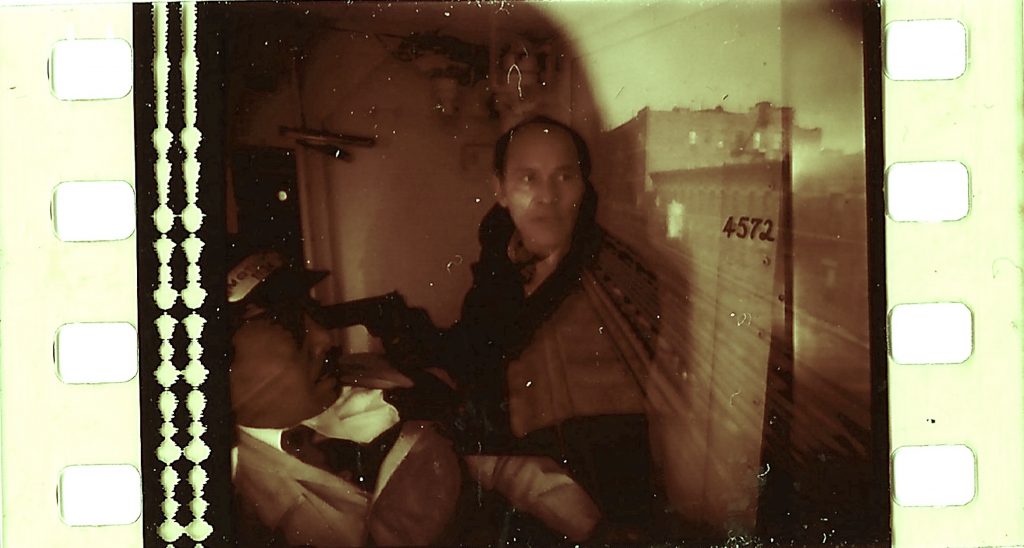
A film cell showing Marcel Bozzuffi hijacking the elevated subway train
In an interview with Give Me Astoria, Randy Jurgensen, a retired NYPD detective who worked with the real-life Egan and Grosso, was brought on as a technical advisor on the film. He expressed his concern to director Friedkin for showing an NYPD officer shooting an unarmed man in the back. “I told Billy Friedkin that this is going to be a problem. He said to me, “I’m the director…it’ll work,” recalls Jurgensen, the author of the acclaimed true crime book Circle of Six. When the film premiered on October 9, 1971, Hackman shoots the guy in the back, sending him falling backward down the subway steps—that’s when twelve hundred people started screaming and applauding. The scene was so shocking that it became the iconic poster art for the film. Today Jurgensen still has a signed copy of the poster that Friedkin wrote jokingly, “Randy, I hope this scene worked for you.”
The climax of the film’s final act takes place on Wards Island in full view of the Tri-Borough and Hell Gate Bridges with a shootout between the cops and the bad guys. It’s bloody, very cathartic, and sets the standard for all police and action films for generations to come. Filmed in Astoria and Ridgewood, ‘The French Connection’ would go on to win five Academy Awards, including Best Picture (the first R-rated film to do so), Best Director, Best Screenplay (Adapted), Best Editing, and Gene Hackman won Best Actor for his portrayal of the real-life Eddie Egan.
The French Connection is available on BluRay and streaming as well as a fan favorite at local film festivals and screened in NYC annually.

